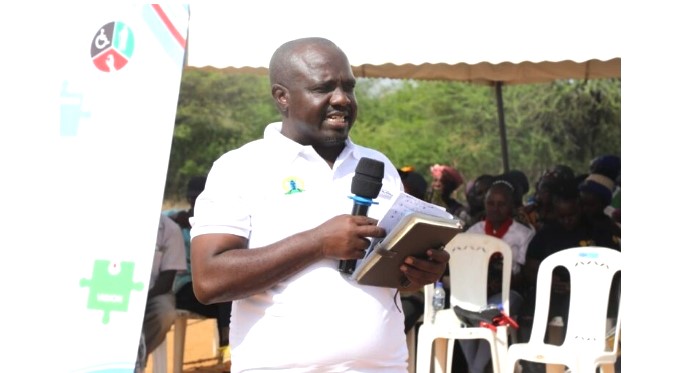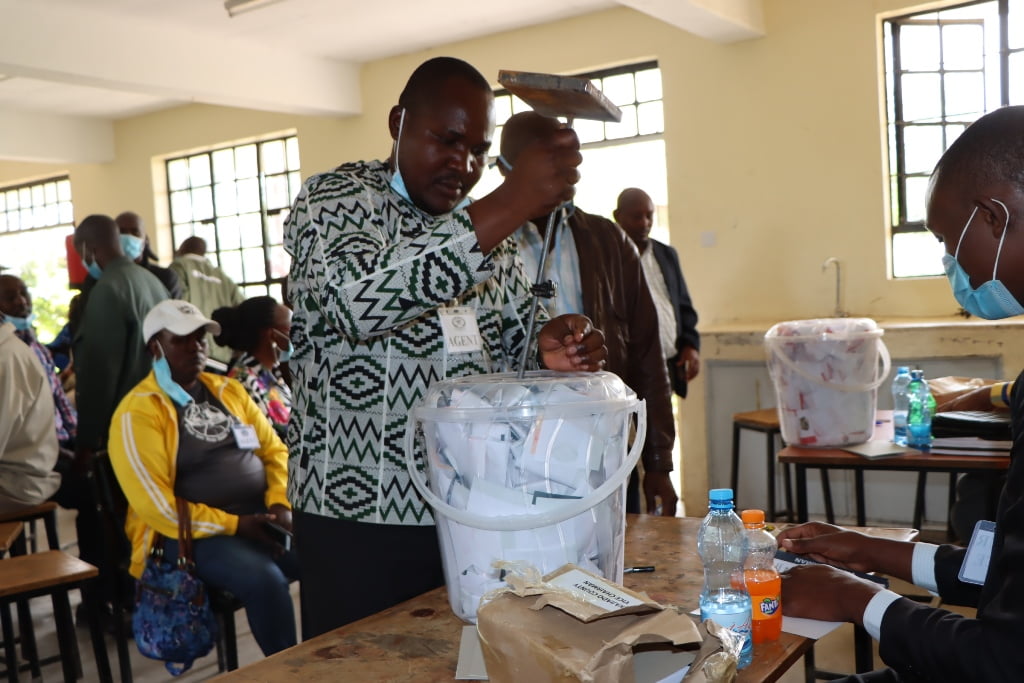Sustainable development of the Kenyan economy is a call to action to realise through growing infrastructure and inclusive partnerships. SDG 9 and 10, which focus on creating favourable infrastructure, promoting sustainable industrialization and innovation, and eliminating global and intra-national inequalities, are leading the way in prescribing a prosperous future. Progress towards attaining the goal opens the way to a robust and more even world.
Envision a Kenya with robust infrastructure connecting it, which enhances trade and economic development. It is the key to markets, schools, and health. Yet much of Kenya still lingers on bad roads, poor transit, and limited access to digital technology. Investing in robust infrastructure enables us to close gaps that hinder us, allowing communities to thrive and making life more favourable.
Industrialisation is beneficial in stimulating economic growth as Kenya’s utmost importance is that the industries not only be efficient but also clean. Technology and innovation can be the driving force behind accelerating this revolution and generating employment, while increasing productivity and self-reliance. Through a culture of collaboration between the government, private institutions, and universities, we have a channel to stimulate research, development, and deployment of other technologies.
Additionally, there is a call for greater access to digital technology to support entrepreneurship and innovation. As much as the world depends on technology, all Kenyans must have access to digital technologies and the internet. Access can be the driver of education, remote work, and global markets, enabling people and communities to succeed in a changing economy.
The aim of SDG 10 is to ensure inequalities within and between countries are addressed. In Kenya, significant disparities exist in wealth, assets, and opportunities. Ensuring an inclusive society requires us all to implement policies that will eliminate these inequalities. Investing in marginalised people and involving them in decision-making is essential in attaining economic stability and social cohesion.
READ ALSO:
Education and training are the most critical keys to closing the inequality gap and providing struggling groups with opportunities to develop skills that will advance them and help them overcome the effects of poverty. Initiatives that develop vocational education, entrepreneurship, and access to capital hold the greatest promise for expanding economic opportunities for historically oppressed groups.
It needs to partnerships for all this to be accomplished. These partnerships between private and public sectors, civil society, and international organisations can lead to consistent advancement in building resilient infrastructure and promoting more inclusive growth.
Through the sharing of resources and ideas, we can develop innovative solutions to address the unique needs of different communities. Proper infrastructure fosters economic development and helps alleviate inequality by providing essential services. Secondly, reducing inequality allows social stability upon which to build sustainable development.
The vision of a Kenya whose growth is driven by proper and growing infrastructure and equal partnerships is therefore feasible. Implementing Sustainable Development Goals can bring a world where opportunity is accessible to all, and economic growth extends to the farthest reaches of society.





